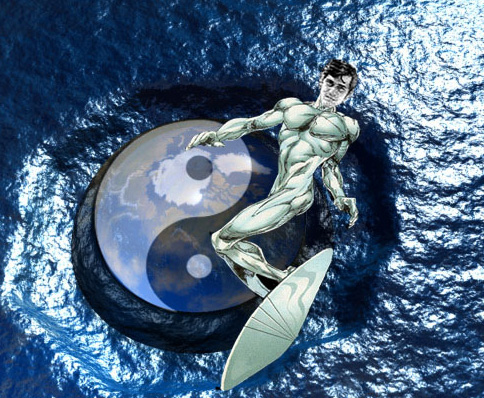Back when we used to drink a lot of wine, the first thing we'd do after uncorking a bottle was look at the cork for crystals. To us, that meant the wine was of a higher quality and worthy of our imbibing pleasures. When we found crystals on the cork we'd always rinse the glasses before pouring and savor the nuances. We were purists when it came to such things.
For the past decade or so, the crowds I've been drinking with prefer their wine cold and sweet. Something akin to Mogan David extra heavy Malaga wine on ice. May as well buy Boons Farm, Night Train Express, or grape juice and vodka and save the good stuff for me.
I was clearing out bottles from my wine supply to make room for some good stuff. I chose to ignore the syrupy, fruity, pear and blueberry flavored crap clogging up my wine rack and stick with the grape based stuff. I figured I could distill that other stuff, if need be.
Last night, I uncorked a bottle of Ergo rioja and was pleasantly surprised to find the nicest cork crystals I've ever seen.
These tartrate crystals are formed when
a method called cold stabilization is performed on a wine. Cold
stabilization is often done in white wines to remove excess potassium
bitartrate, a natural substance found in grapes also known as "cream
of tartar." White grapes contain fairly large amounts
of potassium bitartrate. If most of it is not removed, the wine
will form crystals when placed in the refrigerator. These tartrate
crystals will either cling to the underside of the cork, if the
bottle is on its side, or fall to the bottom of the bottle, if it's
standing up, where they appear to be ground glass to the uneducated
eye.
To remove excess potassium bitartrate before bottling, the wine
is placed in a stainless steel tank and its temperature dropped
to about 30 degrees F. The wine is held at that temperature for
a period of approximately 2-3 weeks. Excess potassium bitartrate
will then crystallize and drop to the bottom of the tank where it
is removed either by filtration or by pumping the wine out of the
tank until the hose is just above the bottom where the crystals
have formed. The "cold stabilized" wine is then bottled.
Some wineries prefer to skip this step, feeling that the process
detracts from the wine's flavor and nuance. Having the tartaric
crystals appear in the wine means nothing more than it was not cold
treated and, thus, may be of higher quality.
I find it interesting that the best quality wine was disliked the most by everyone who much preferred the cheap chardonnay with an ice cube. Everyone but me, that is. I loved it.
I'll have to keep this brand in mind when I restock.
Friday, September 22, 2017
Subscribe to:
Post Comments (Atom)



No comments:
Post a Comment